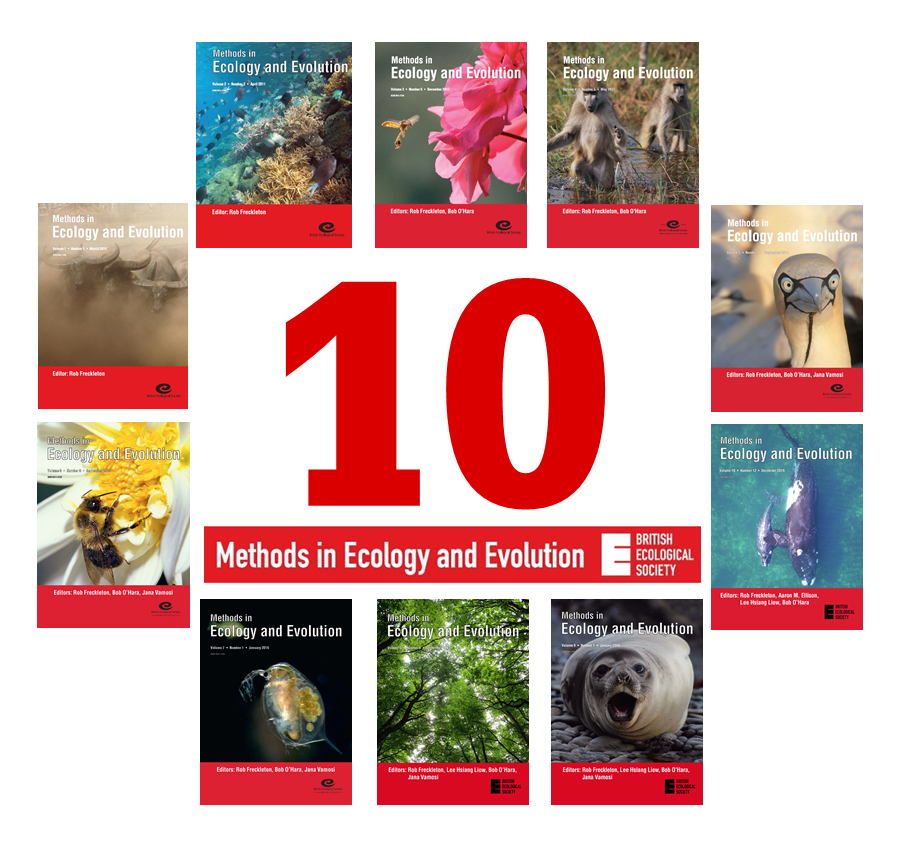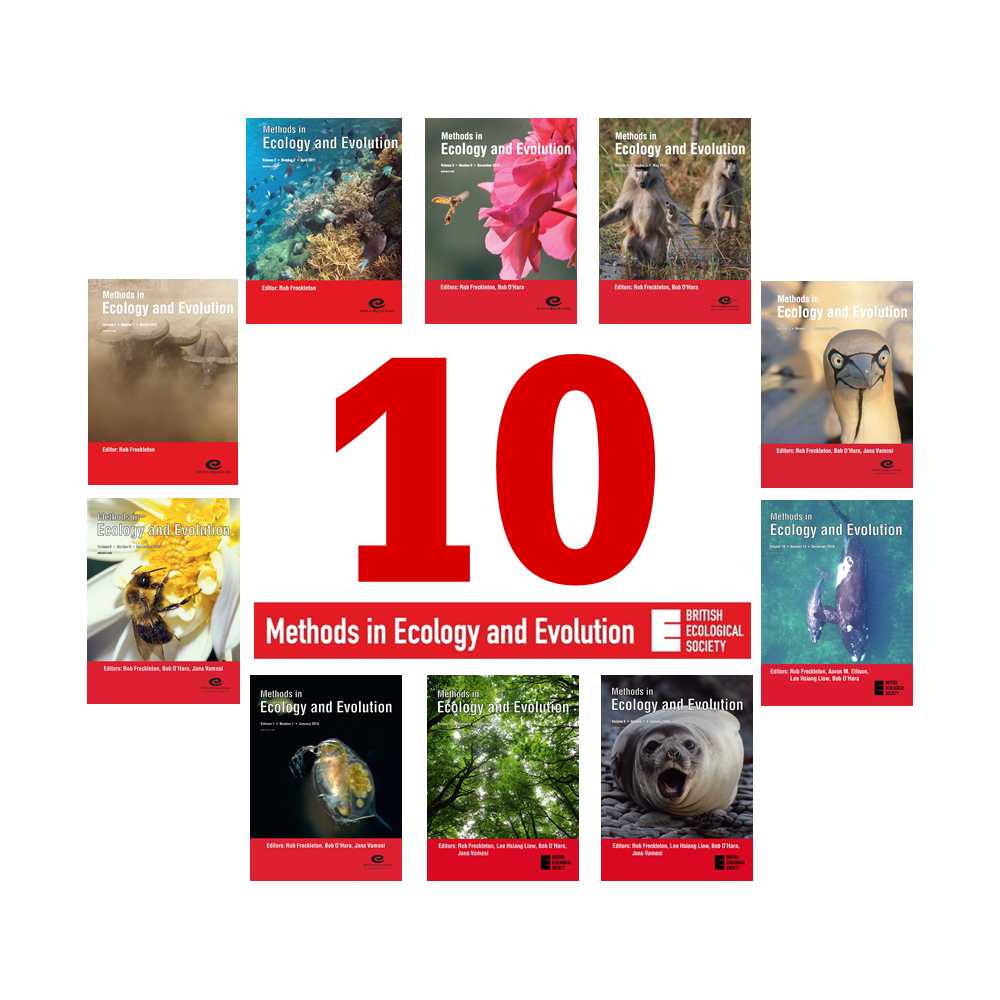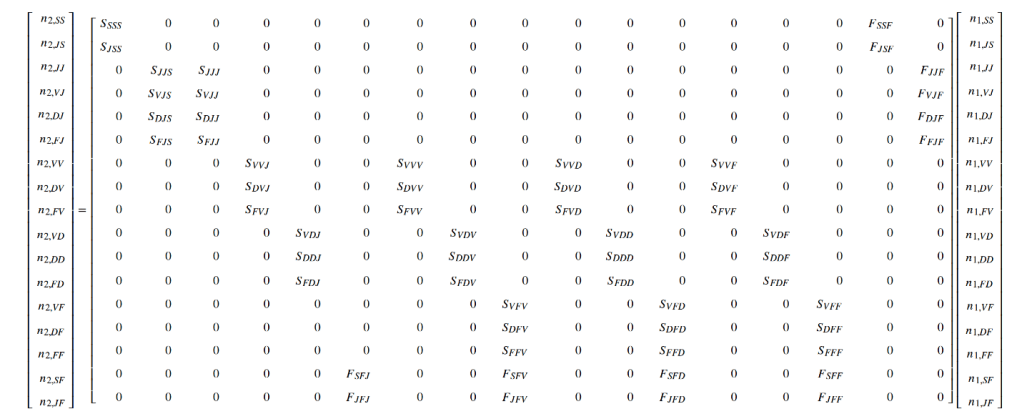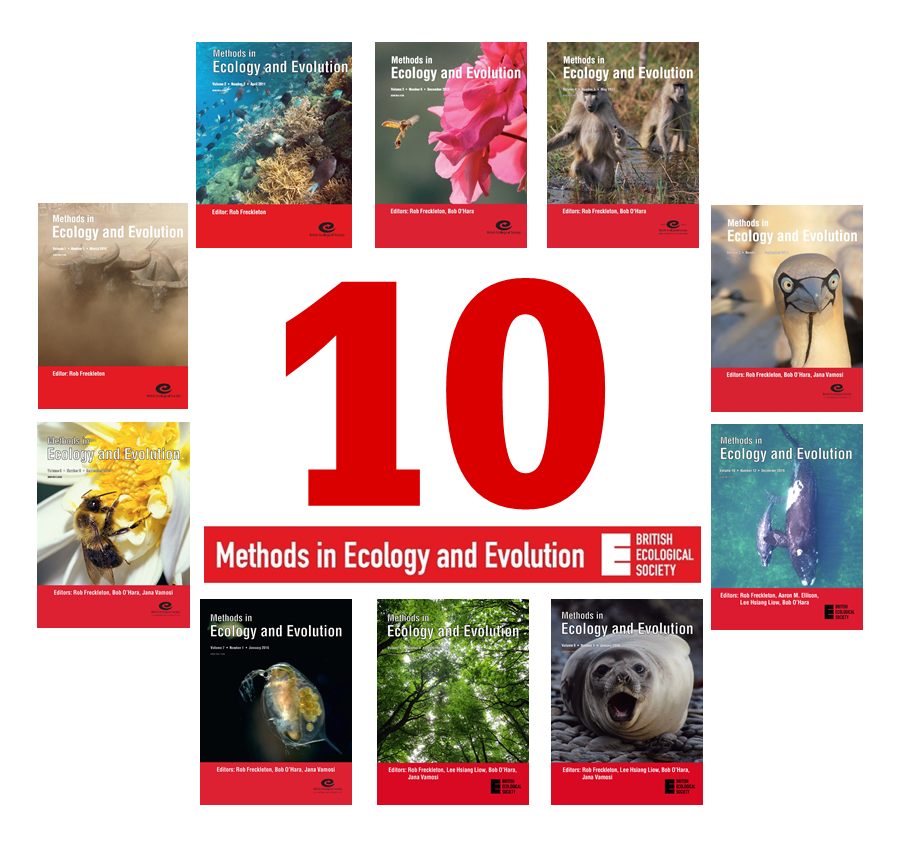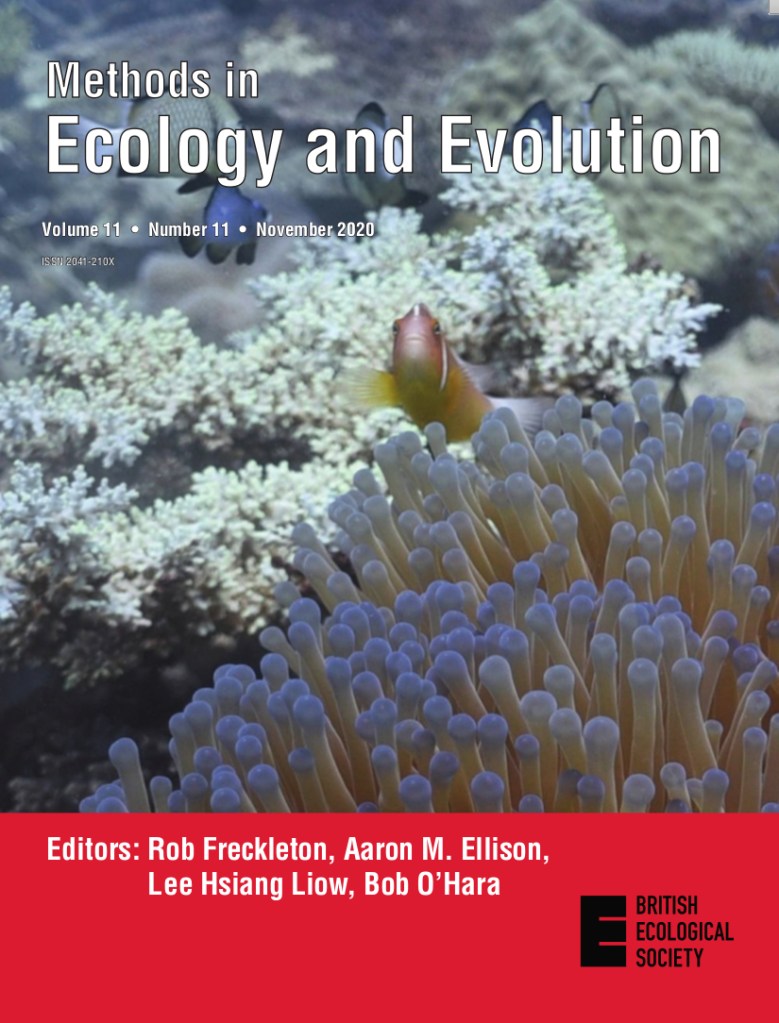
Key Concepts in Ecology: Adaptations to variable environments
This blog post on ‘Adaptations to variable environments’ is part of the BES ‘Key Concepts in Ecology’ series, designed to help ecologists in learning the key topics in ecology! Take a look at the full series for a list of key topics you might typically find in an ecology textbook, each providing a quick introduction to the topic, and a list of suggested papers for … Continue reading Key Concepts in Ecology: Adaptations to variable environments

